Gee-Whiz, the solar industry never stops. Going With the GW-flow in this Great Week for PV were the markets of Turkey, Algeria and Vietnam. From tenders to shovels in the ground, these three GroWing markets could have Gone With the wind, but instead are Going Wild for solar. That’s enough GW from us… over to the professionals.
Turkey says yes we Kon
The hotly anticipated 1 GW Konya solar PV plant in Turkey attracted four bidders this week, comprising a consortia of local players, partnerships and global companies.
According to information provided by Turkish Solar Energy Society Solarbaba, there were four application submissions by the following players:
- Limak Yatirim, China Machinery Engineering Corporation and Hareon
2. Acwa Power, Chint and Kibar Holding
3. Çalık Enerji and SolarGiga
4. Kalyon Enerji and Hanwha QCells
Of these joint ventures, Limak Yatirim, Kibar Holding, Çalik Enerji and Kalyon Enerji are local Turkish companies. Most of the rest are, perhaps unsurprisingly, Chinese, with the exceptions of Saudi Arabia’s leading EPC firm Acwa power and Korea’s Hanwha QCells.
Based on the Konya tender rules, local manufacturing of PV modules, cells, wafers and ingots is mandatory. Local manufacturing for the inverters is also mandatory, but there is no clear definition about what comprises a ‘local’ inverter, so perhaps local assembly alone will be sufficient to qualify for the tender.
A crucial question remains: why would a foreign investor want to build a local manufacturing unit to comply with the tender rules, to be awarded the 1 GW project if the investment is pricey and there is not a strong domestic solar market?
Algeria says love me tender
The north African nation of Algeria is blessed with an abundance of sunshine and vast tracts of land (Friday fun fact: Algeria is the world’s tenth-largest country), but thus far relatively little in the way of a consistent renewable energy policy.
Hence, the news this week that the government is set to launch a tender for the construction of large-scale PV projects totalling 4 GW was met with cautious optimism. The tender will be held in three 1,350 MW phases and will select projects with an average capacity of 100 MW.
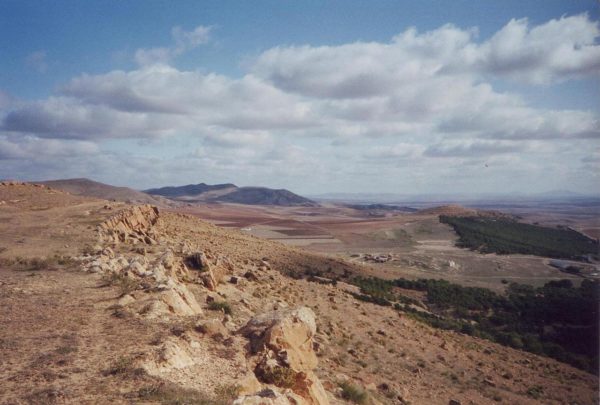
The tender will enable the construction of several large-scale PV plants in the region of Hautes Plaines (High Plains), which is located in the northern part of the country, and also in southern Algeria.
The projects will be owned and developed by special purpose companies, which will be responsible for financing, EPC works, grid-connection and the sale of power. These vehicles will be owned 51% by a domestic investor and 49% by an international partner. Algerian government-owned oil company Sonatrach will hold a 40% stake in all of these companies, while Sonelgaz and other public or private Algerian companies will hold the remaining 11%. For Algerian private investors the participation in the capital of each company will not exceed 6%. Financing for each project must be provided 30% with own funds and 70% with bank loans.
The Ministry of Energy will soon designate the local private and public companies that will have to cooperate with Sonelgaz and Algerian electronic components producer Entreprise Nationale des Industries Electroniques (ENIE) for the projects.
Vietnam ups the ante
Reports from Vietnam suggest that close to 3 GW of solar PV capacity could be constructed in the Vietnamese province of Dak Lak over the next few years, most notably in the form of a 2 GW solar PV plant to be developed by Vietnamese power firm Xuan Thien Daklak.
The proposed 2 GW plant would be located in the province’s Central Highlands, says Reuters, and has already been granted a provincial government licence. Investment in the plant is likely to reach more than $2.2 billion.
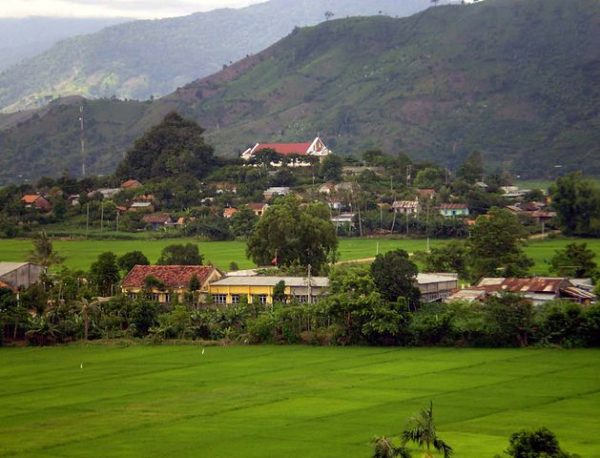
Meanwhile, the local government also granted a Memorandum of Understanding (MoU) to U.S. power developer AES Corporation for a proposed 300 to 500 MW solar farm, which will attract investment of $750 million.
Further government licences were granted to South Korean developer Solar Park Global, which is eyeing a $45 million PV project in Vietnam, and local developer Long Thanh Infrastructure Development and Investment Company, which has outlined plans to build a 250 MW solar installation in the country.
Germany’s storage success
According to provisional figures provided by German solar energy association Bundesverbands Solarwirtschaft (BSW-Solar), there are now approximately 52,000 operational storage systems serving PV installations in Germany. This number corresponds to a capacity of approximately 300 MWh, a BSW spokesperson told pv magazine.
Last year, the association said, about 20,000 new storage systems were installed in the country. This growth was mainly attributable to an increasing demand for self-consumption, as well as to decreasing prices.
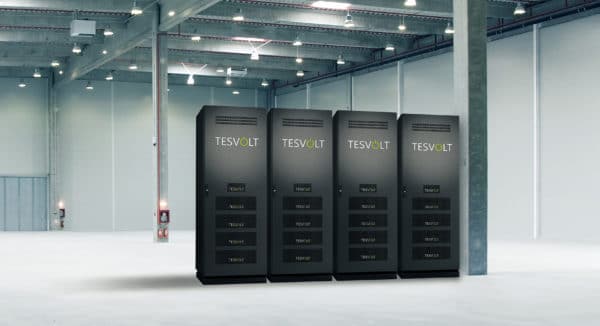
BSW-Solar finds that prices for solar storage systems in Germany dropped by around 40% over the past three years. The association, however, has not provided specific numbers about current market prices.
Furthermore, BSW-Solar reports that one out of two individuals who plan to install a residential PV system also intends to install a battery technology. The association added it remains quite optimistic about the future of solar+storage in Germany, and that an increase in demand for this technology over the next two years is very likely.
The association forecasts that in 2018 the number of installed solar storage systems in Germany could surpass 100,000.
Blattner tops the U.S. EPC charts
In the U.S., IHS Markit has released its annual rankings of solar engineering, procurement and construction (EPC) contractors, finding that Blattner Energy came out of relative obscurity to take the top spot. The Minnesota-based contractor was followed closely by First Solar, which was the top solar EPC in 2015. Swinerton Renewable Energy came in third, as it did in 2015.
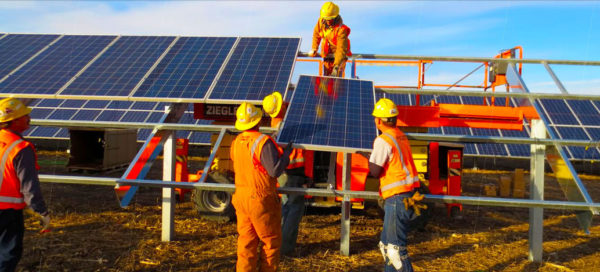
“2016 was Blattner’s breakout year in PV, capitalizing on strong relationships with leading developers and independent power producers like NextEra Energy,” IHS Markit North America Solar Analyst Camron Barati told pv magazine.
IHS Markit notes that Blattner did well in the Western United States, including California and New Mexico, and was also highly active in Georgia. The firm notes that the top four EPCs all installed over 1 GW each during the year.
Among the top five First Solar is the only solar-specific EPC, as all of the others are construction firms that have gotten into solar as one of several businesses. This may be part of a long-term trend.
This content is protected by copyright and may not be reused. If you want to cooperate with us and would like to reuse some of our content, please contact: editors@pv-magazine.com.
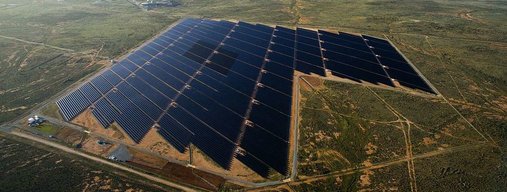


By submitting this form you agree to pv magazine using your data for the purposes of publishing your comment.
Your personal data will only be disclosed or otherwise transmitted to third parties for the purposes of spam filtering or if this is necessary for technical maintenance of the website. Any other transfer to third parties will not take place unless this is justified on the basis of applicable data protection regulations or if pv magazine is legally obliged to do so.
You may revoke this consent at any time with effect for the future, in which case your personal data will be deleted immediately. Otherwise, your data will be deleted if pv magazine has processed your request or the purpose of data storage is fulfilled.
Further information on data privacy can be found in our Data Protection Policy.